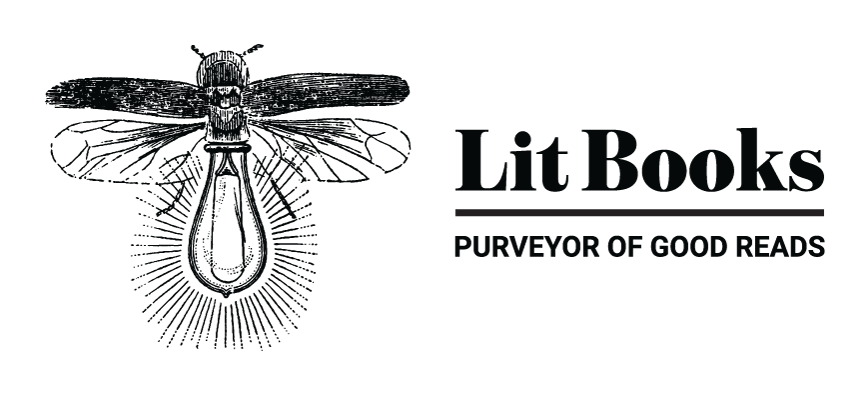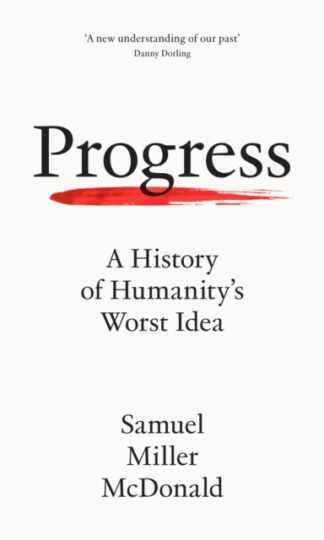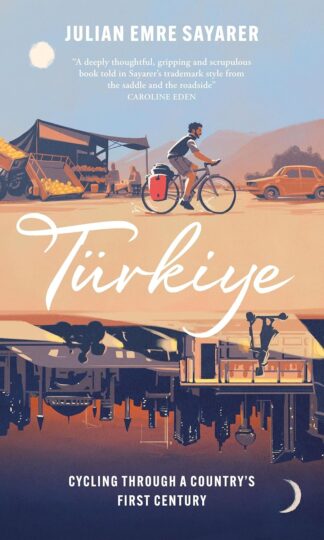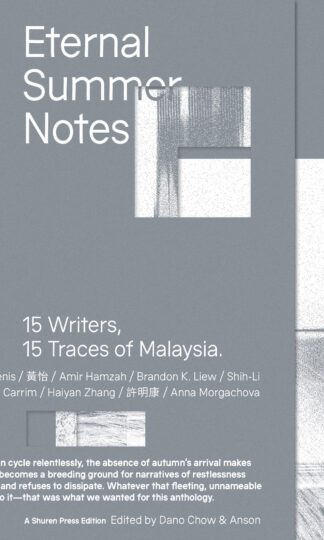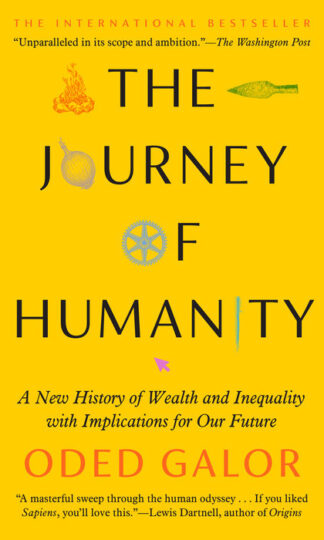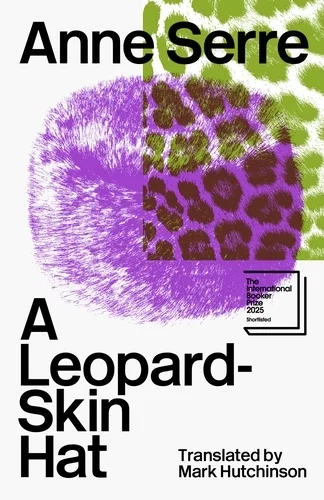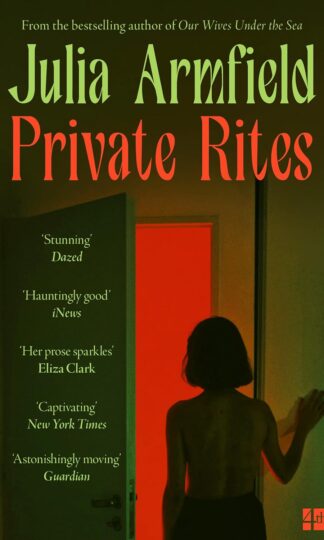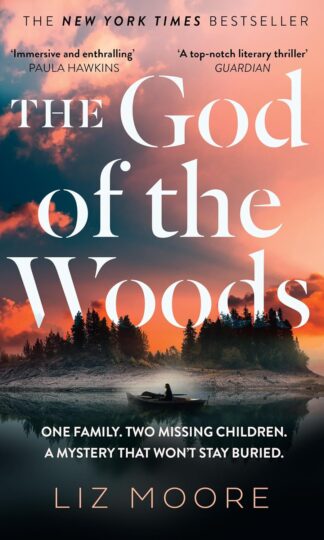
by Fong Min Hun
I have been a big fan of Sheila Armstrong since coming across her debut collection of short stories, How to Gut a Fish and you can read my review here. In that review, I gushed about the Shirley Jackson-esque flavour of her writing, and marvelled at the seamless transitions in her writing. I was therefore very excited when Bloomsbury sent me a review copy of her debut novel Falling Animals, which I finished months ago and promptly let procrastination (in writing this review) get the better of me.
Falling Animals is brilliant. (And what an amazing cover!)
Putatively a mystery concerning a dead man, Falling Animals is told from the perspectives of the villagers living in a small Irish tourist village by the beach where the corpse is found. The stage opens with the story of the waste collector who has been hired to dispose of the beached carcass of a seal. Though not an everyday occurrence, it happens regularly enough that there is a checklist of kit that needs bringing, and a proper handling sequence to avoid a revolting end. All this happens at the break of day, where dawning light further illuminates the props and setting of the stage: the skeletons of a shipwreck and a whale; an exposed beach recovering from an unseasonal thunderstorm; and a serene dead man sat cross-legged on the wind-swept dunes.
An unidentified dead man is a question mark, a challenge. Who is he? How did he get here? How did he die? Why did he die? No one seems to know the answer to these questions, not even the police and the forensic pathologist whose raison d’etre in these situations is to come up with the answers.
The sergeant’s eyebrows come together into one hard line when she presents him with the autopsy results, and he asks if she is sure. She isn’t, of course, isn’t sure at all, but his questioning makes her bristle and dig in her heels… But still, she cannot make up facts that are not there. Death by natural causes.
The unnamed man will be buried in a public grave, but we will hear more from those who have crossed paths with the dead man. Among them, the village gossip who first finds the body; the barman who owns the pub in which she holds court; the grieving mother whose story is entwined with the wrecked ship; an artist who paints the ship; and the ship, to which the dead man is inextricably linked. Armstrong weaves a tangled web, and though each narrative strand seems individual and unconnected, a portrait slowly reveals itself with each turn of the page.
As each vignette gets told, our circle gradually closes in on the identity of the dead man. But perhaps that isn’t really the point of the story. Even as more light is shed on the identity of the dead man, we come to learn more about the chorus of voices, who they are, how they got there, and why. We come to learn of their grief, their guilt, and importantly, their redemption. The stories of those who come across the dead man are tinged with melancholy and regret, and reflects primaeval truths of the human condition.
She watches the wrecked ship from the cafe’s window every day, seeing the tide wash around it, rust climb up its sides, the hull buckle and break. Sometimes she suspects it steered itself into the sandbank, broken and exhausted by whatever years it had spent on the water, whatever weights it had carried, whatever sadness it had soaked up. As metaphors for her life go, it is slightly on the nose, but she will take what she can get. Candlesticks and doilies are not for everyone.
Falling Animals isn’t the sort of story that invites the reader to go on a journey of discovery; instead, it’s one where the entire story has always already been there, and the author is slowly unfurling the tapestry from one small corner. The book is dark, elegiac and at times unsettling, but what emerges is a quietly beautiful tale helped along by Armstrong’s poetic sensibilities and sparkling clarity in her writing. From this perspective, Falling Animals bears strong similarities with other novels of quietude, such as John McGregor’s Reservoir 13 and John Williams’ Stoner.
My favourite book of 2023.
Falling Animals is available both in-store and on our online store.
